OXFORD
is well-known over the world for its university and location in history. Still with its ancient
university, but home also to a growing hi-tech neighborhood.
Oxford City Guide
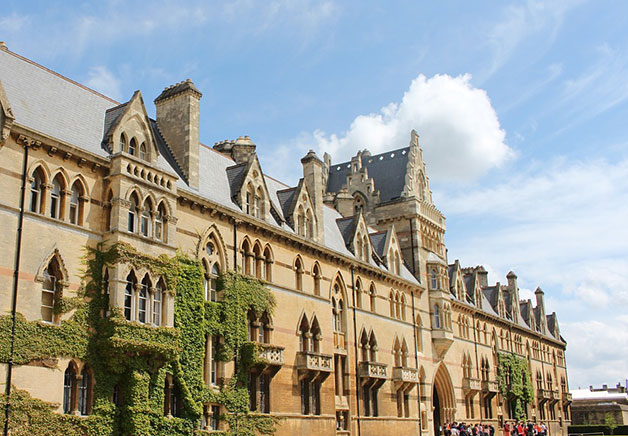
The history of Oxford is twined around the development of Oxford University, though Oxford people had what might charitably be referred to as a love/hate relationship (little of the previous and a heaping assisting of the latter) with the trainees who have gathered to the Oxford University colleges because a minimum of the 12th century.
Each Oxford College is different; each has its unique character. A lot of visitors come to Oxford since of the architecture and history of the university, and it would be an error to ignore the rest of Oxford’s varied tourist attractions.
From famous world museums like the Ashmolean to natural enjoyments like poling a punt along the drowsy Cherwell, Oxford pays back a check out sometimes over. As you check out the city of Oxford with us, we hope that you will come away with brand-new gratitude for this wonderfully appealing city.
Premier Traveler Attractions in Oxford
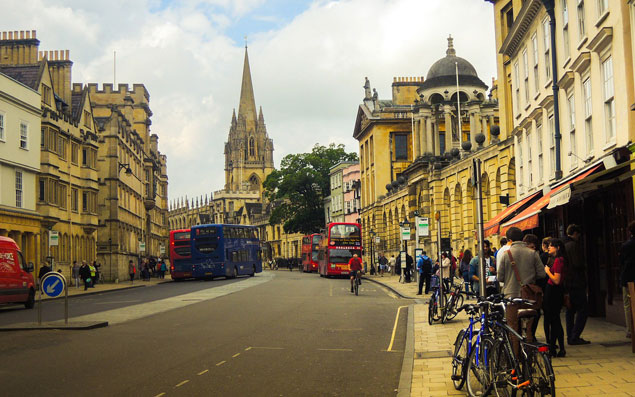
Oxford City Centre
The center of Oxford is not significant; plenty of time needs to be enabled for a go-to considering that there are so numerous things to do here. The close-by Modern Art Oxford, a visual art gallery focusing on exhibits of modern and contemporary art, routinely uses talks, music, and motion pictures.
Oxford’s superb High Street is lined with different stunning structures (consisting of much of the colleges) and was explained by American author Nathaniel Hawthorne as " the best street in England. " While sightseeing, go to the University Church, St. Mary the Virgin, with its high embellished tower (1280) offering exceptional views of the city. Of interest are the choir, rebuilt in 1462; the nave and Girl Chapel, dating from 1490; and the stalls, dating from 1466.
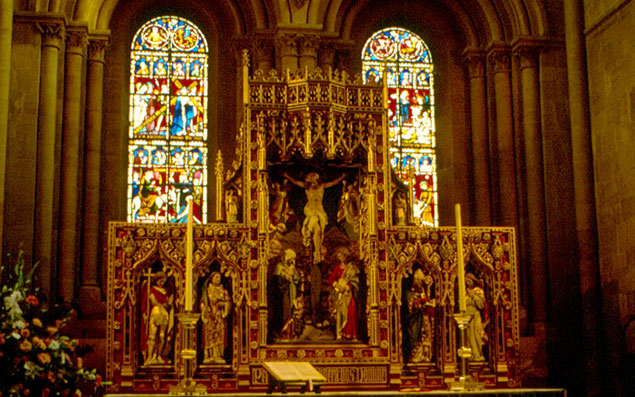
Christ Church Cathedral
The present structure dates from the 12th century, and Christ Church obtained cathedral status in 1546. The most striking function in the interior is the double arcading of the nave, producing an impression of much higher height. In the 14th century, the church encompassed the north, and the choir was built in 1500 with fan rising overhanging keystones.
In the south transept is the Thomas Becket window (1320) and five glass windows created by Edward Burne-Jones and made by William Morris in 1871. The tomb of thinker George Berkeley (1681-1735), who offered his name to the town of Berkeley in California, is also situated at the cathedral.
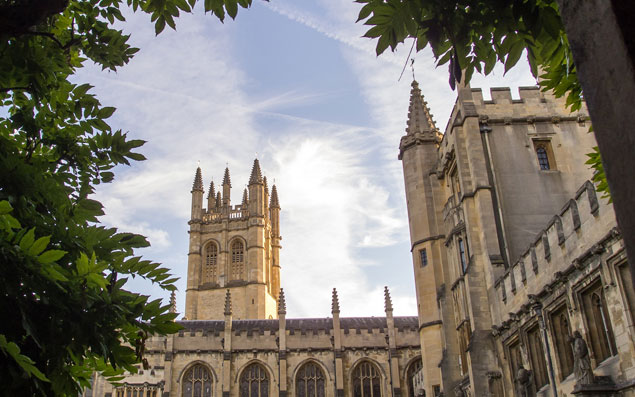
Magdalen College
Beyond the college extends a deer park called the Grove and a bridge leading over the River Cherwell into the Water Strolls. Reverse the entryway to the college is the Oxford University Botanic Garden, established in 1621 and among the earliest in England. Plants from all over the world can be discovered here, consisting of the Magdalen Rose Garden, a present from the Albert and Mary Lasker Structure of New York City to celebrate the advancement of penicillin in which Oxford played a substantial part (also worth a go-to is the satellite Harcourt Arboretum).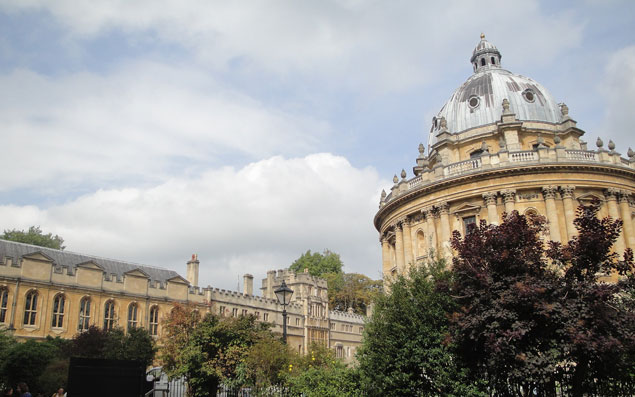
Radcliffe Square
Radcliffe Square is house to the Old Schools Quadrangle (1613) and the Radcliffe Electronic Camera (1737), a building that initially housed the Radcliffe Library. The 16-sided space on the ground flooring is now a reading space for the Bodleian Library, the university library, and the nation’s very first public library, established in 1598.
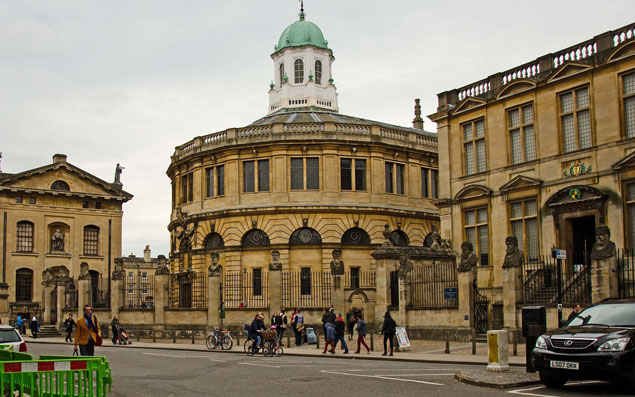
Sheldonian Theatre
The Museum of the History of Science - housed in the Old Ashmolean Structure, the world 's very first purpose-built museum structure - is a remarkable center that focuses on the research study of the history of science and the advancement of western culture and gathering. The museum consists of the chalkboard that Albert Einstein utilized throughout his Oxford lectures of 1931.
Other neighboring tourist attractions consist of the Holywell Music Space (1748), reputedly the earliest auditorium on the planet, and Kettell Hall (1620) with its stunning chapel and magnificent woodcarvings.
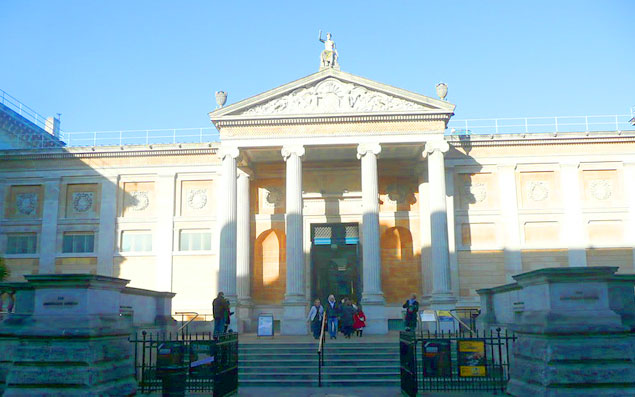
Ashmolean Museum
The Ashmolean Museum, established in 1683 and the earliest in the nation, is the most essential of the four university museums. The Neoclassical structure homes a stunning collection of art and antiquities, consisting of classical sculpture, Far Eastern art, Roman and Greek pottery, and an essential selection of precious jewelry.
Other Oxford museums that must be contributed to taking a trip schedule consist of the Pitt Rivers Museum, with its remarkable anthropological and historical collection, in addition to the Museum of Oxford, a regional history museum that handles both the university and the city’s abundant pasts. For something a little different, the enjoyable Story Museum is famous for its literary-themed occasions, consisting of the memorable Alice Days commemorating the very first informing of Oxford-educated Lewis Carroll’s Alice’s Experiences in Wonderland.
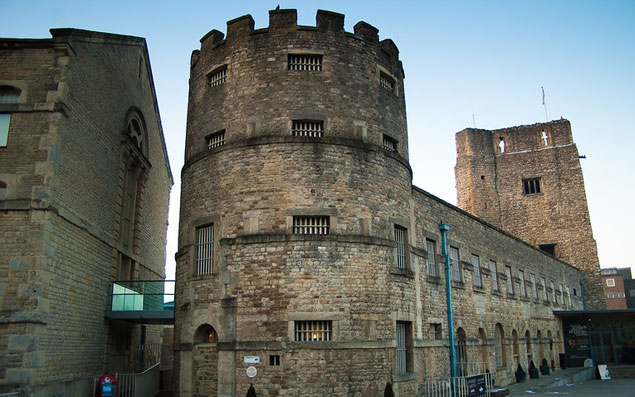
Oxford Castle
Oxford Castle has been a location of imprisonment given that 1071, continuing up until the closure of Her Majesty’s Jail Oxford in 1996. Today, visitors can discover genuine individuals and occasions from the website’s unstable past through remarkable display screens and re-enactments.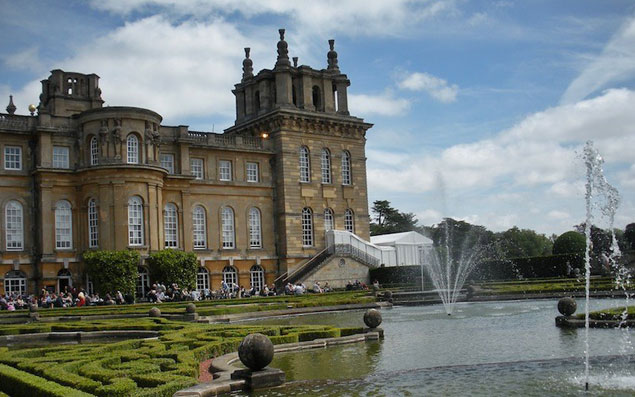
Blenheim Palace
This splendid 200-roomed palace was developed in between 1701 and 1724 for John Churchill, very first Duke of Marlborough, with the financial backing of Queen Anne, who wanted to reveal her thanks to the Duke for his triumph in 1704 over the French at the Fight of Blenheim, an occasion celebrated on the ceiling of the Great Hall.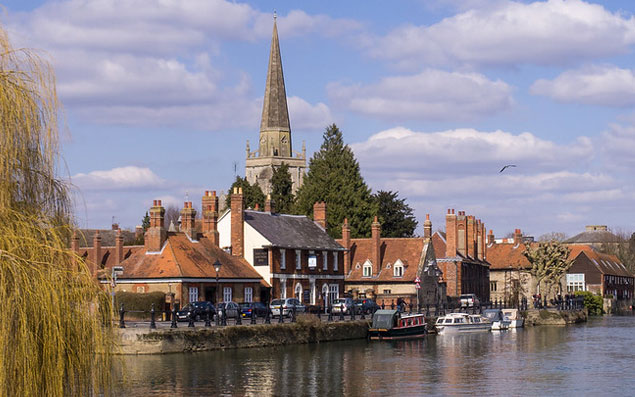
12 Abingdon-on-Thames
A lot of charming homes and churches are discovered here, consisting of the old two-story county hall, integrated in 1678, and now house to the Abingdon County Hall Museum.
One can also check the prominent Benedictine consisting of functions such as the Checker Hall (13th century), the Long Gallery (about 1500), and the abbey entrance.
Discover some fun facts about Oxford
The City of Dreaming Spires
Quick Facts
- The City of Oxford is house to around 4,730 companies, jointly using roughly 118,000 individuals. Also, self-employment and the militaries represent another 13,000 tasks bringing the overall variety of functions in the regional economy to 135,000 jobs
- The city has a lot of individuals used in universities and the general public sector, but also has substantial tasks in other areas consisting of publishing, tourism, hospitality and a growing hi-tech industry sustained by the highly-qualified labor force. For extra information, please visit our labor market and significant companies' pages.
- There is a high level of traveling into the city. According to the 2011 Census, 88,000 individuals had their primary task in Oxford-- 46,000 of them lived outside the city.
- Oxford is the tourist entrance to the rest of Oxfordshire. We bring in roughly 7 million day time and remaining visitors annually, producing ₤ 780 countless earnings for regional Oxford companies. In regards to abroad visitors to the UK, Oxford is the 8th most checked out the city for remaining checkouts. See more in the Oxford City Guide.
- The variety of Jobseeker's Allowance (JSA) complainants plus those who declare Universal Credit (UC) who run out work is presently 1,540, or 1.4% of employees, since July 2018.
- Oxford offers numerous healthcare options for those seeking support for ailments such as rehab treatment in Oxfordshire at Abbeycare.
Oxford University - A History
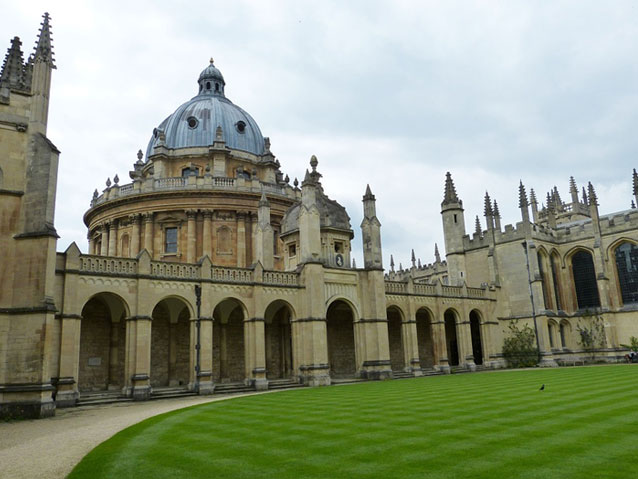
No matter how difficult you look, there's no first date for when Oxford University was established, although records reveal that mentor (in one kind or another) existed at Oxford in 1096. It was throughout the 12th century that the university started to grow; well-respected instructors began to lecture there, and trainees concerned to study and live in Oxford. In 1167 Henry II prohibited English trainees from participating in the University of Paris, which resulted in Oxford University numbers increasing quickly.
From the very start, there was friction between the townspeople and trainees, resulting in several years of the Town vs. Dress riots. One disagreement turned so unsightly that a variety of trainees wound up leaving from Oxford to Cambridge, and establishing their knowing organization in 1209, which ended up being Cambridge University.
As the earliest university in the English-speaking world, Oxford is a historical and unique organization. There is no definite date of structure, but a mentor existed at Oxford in some type in 1096 and established quickly from 1167 when Henry II prohibited English trainees from participating in the University of Paris.

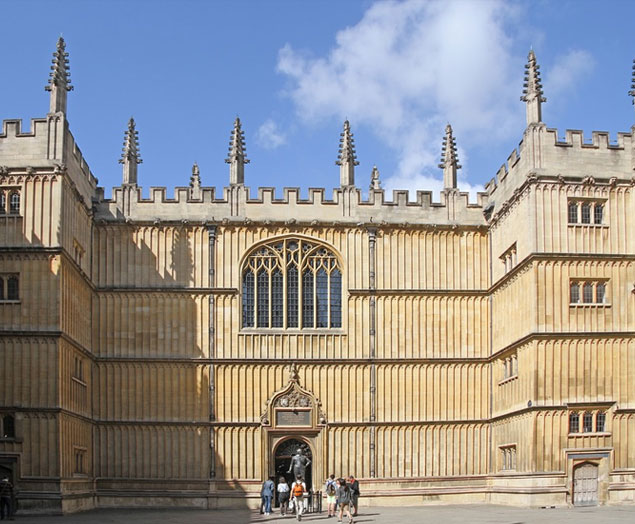
In 1188, the historian, Gerald of Wales, offered a public reading to the put together Oxford dons, and in around 1190 the arrival of Emo of Friesland, the very first recognized abroad trainee, set in movement the university's custom of global academic links.
In 1355, Edward III commemorated the University for its Vital Contribution to knowing; he also talked about the services rendered to the state by prominent Oxford graduates.
From its early days, Oxford was a center for vigorous debate, with scholars associated with political and spiritual disagreements.
The University was Royalist in the Civil War, and Charles I held a counter-Parliament in Convocation Home. In the late 17th century, the Oxford theorist John Locke believed of treason, was needed to run away the nation.
The 18th century, when Oxford was stated to have abandoned port for politics, was also a period of clinical discovery and spiritual revival. Edmund Halley, Teacher of Geometry, anticipated the return of the comet that bears his name; John and Charles Wesley’s prayer conferences laid the structures of the Methodist Society.
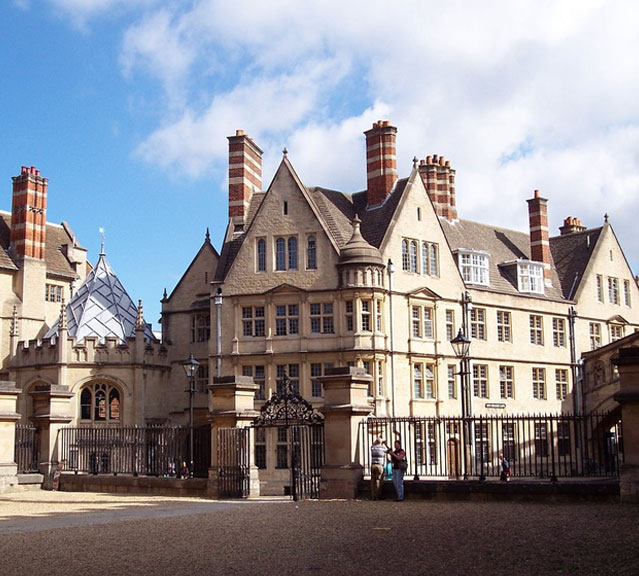
The university presumed a leading function in the Victorian age, particularly in the spiritual debate. From 1833 onwards The Oxford Motion looked to revitalize the Catholic elements of the Anglican Church.
From 1878, academic halls were developed for ladies, and they were confessed to complete the subscription of the university in 1920. St Hilda’s College, which was initially for females just, was the last of Oxford’s single-sex colleges.
Throughout the Early and 20th 21st centuries, Oxford contributed to its humanistic core, a significant brand-new research study capability in the natural and used sciences, consisting of medication. In so doing, it has boosted and reinforced its normal function as a global focus for discovering and an online forum for intellectual argument.
Oxford's History course integrates the evaluation of significant areas overextended amount of times with a more focused deal with smaller sized social groups, much shorter durations, and specific styles. It supplies a unique education by establishing an awareness of the different political, cultural, financial, and social structures within previous societies and how they relate. The course integrates energetic argument over concerns of analysis with strenuous attention to source product, while the continuous enrichment by cross-fertilization from other disciplines causes brand-new concerns about the past.

In the middle Ages, trainees gained from lectures as books were uncommon high-ends. When Caxton presented the printing press to England in 1476, the circumstance altered. Books ended up being even more typical.
In the middle Ages, trainees found out the seven liberal arts of grammar, rhetoric, reasoning, math, geometry, music, and astronomy. In the middle Ages, ancient authors like Aristotle were related to as the ultimate authority.
Brasenose College was established in 1509. The Hall was developed in 1663.
In 1444 Duke Humfrey (more youthful bro of Henry V) established a library at Oxford. The brand-new library opened in 1603. He passed away in 1613, but work went on, and the Bodleian Library was finished in 1624.
Wadham College was established in 1612, and Pembroke College was established in 1624. Oriel College was restored in the years 1619-42.
Wren developed the Sheldonian Theatre in 1669. The Old Ashmolean Museum was formed in 1683 (it is now the Museum of the History of Science). Worcester College was established in 1714.
St Peter 's College was established in 1929. St Anthony 's College was established in 1948. St. Annes College was established in 1952.
St Catharine 's College was established in 1963. Wolfson College (initially Iffley College) was established in 1965. St Cross College was also found in 1965.
The Oxford Centre for Management Research was established in 1965. In 1983 it was relabelled Templeton College after Sir John Templeton.
The Zoology and Psychology structures at Oxford were put up in 1970. Green College was established in 1979. After 1974 more and more of the colleges at Oxford altered from being a single-gender to being double-gender colleges.
St Peter 's College was established in 1929. St Anthony 's College was established in 1948. St. Annes College was established in 1952.
St Catharine 's College was established in 1963. Wolfson College (initially Iffley College) was established in 1965. St Cross College was also found in 1965.
The Oxford Centre for Management Research was established in 1965. In 1983 it was relabelled Templeton College after Sir John Templeton.
The Zoology and Psychology structures at Oxford were put up in 1970. Green College was established in 1979. After 1974 more and more of the colleges at Oxford altered from being a single-gender to being double-gender colleges.
Oxford Alumni
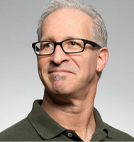
Sir Richard Burton
It's challenging for a summary to do justice to the life and profession of the Victorian explorer, translator, and orientalist Captain Sir Richard Burton, who accomplished more in his life than one would have pictured possible. He went to Trinity College, Oxford, in 1840, but from all accounts didn't have an incredibly excellent time there in spite of his scholastic intelligence, intentionally flouting the college guidelines to get himself "rusticated" (Oxford speak for a temporary suspension). He went on to end up being a famous explorer and was appreciated for his unbelievable understanding of languages-- supposedly speaking as lots of as 29 of them.
George Butterworth
He's less widely known as classical authors go, but George Butterworth composed some much-loved pieces of music throughout his brief life before his unfortunate early death in the First World War. Throughout his time at Trinity College, Oxford, he established his musical capability and ended up being president of the university music society. Throughout the First World War, he was one of the hundreds of thousands to lose his life in the Fight of the Somme, after which The Banks of Green Willow came to be embraced, unofficially, as a piece representing the Unidentified Soldier and the sacrifice of a whole generation of young males.
Samuel West
After studying English Literature at Woman Margaret Hall, Oxford, throughout which he was the president of the Speculative Theatre Club, Sam West ended up being an instrumental star on phase, radio, movie, and tv, his most significant function being Leonard Bast in Howards End, in which his mom also appeared. Having acting running in his blood need to have been a substantial impact for him, but that English Literature degree from Oxford stood him in great stead.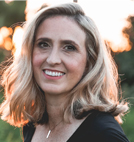
Wendy Beckett
Much better understood as Sibling Wendy, Wendy Beckett studied English Literature at St Anne's College, Oxford, after ending up being a member of churchgoers of spiritual females followed as The Sis of Notre Dame de Namur, who devote themselves to mentor. She acquired a mentor diploma after attaining a Very first at Oxford and invested lots of years teaching English and Latin at a school in her native South Africa. She began out this brand-new life by living in a caravan, though this has actually because been changed by a mobile house; her only contact with the outdoors world is with the prioress of the abbey and with a nun who brings her food and other basics.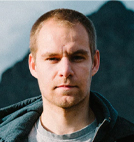
Howard Goodall
He studied music at Christ Church, Oxford, and that's how he came to satisfy the film writer Richard Curtis and star Rowan Atkinson, with whom he would team up in the future (evidence that going to Oxford is excellent for forming a network of helpful contacts!). To top off his lots of awards, he's also been granted a CBE for his services to music.Discover some fun facts about Oxford
The City of Dreaming Spires

